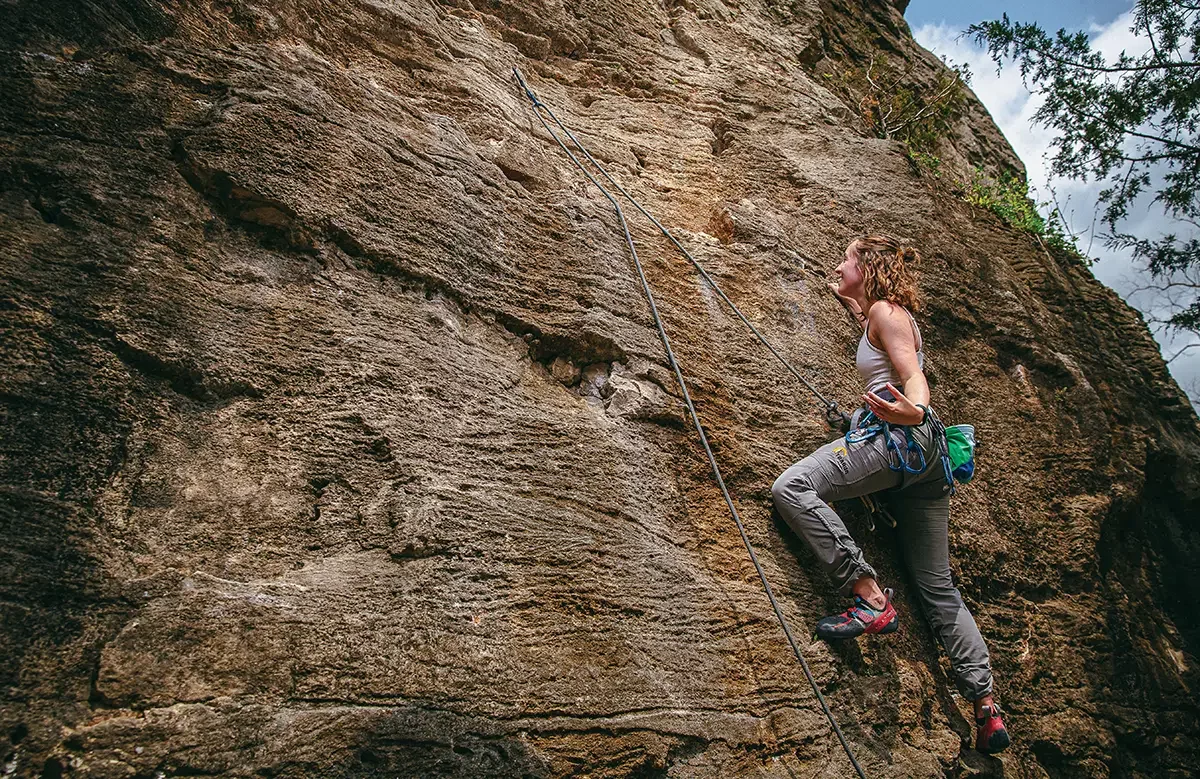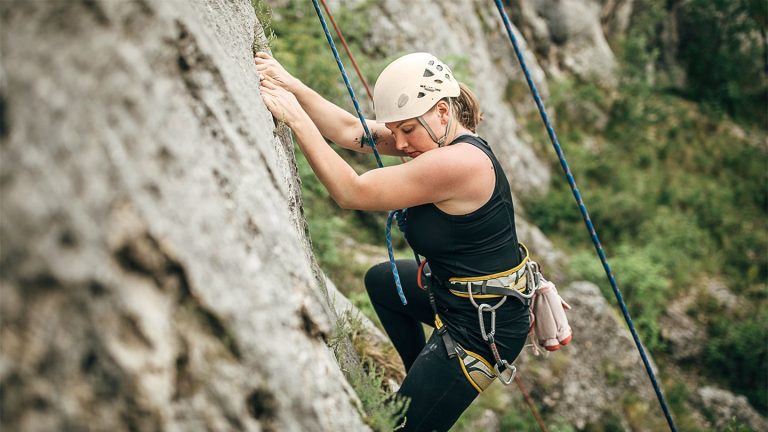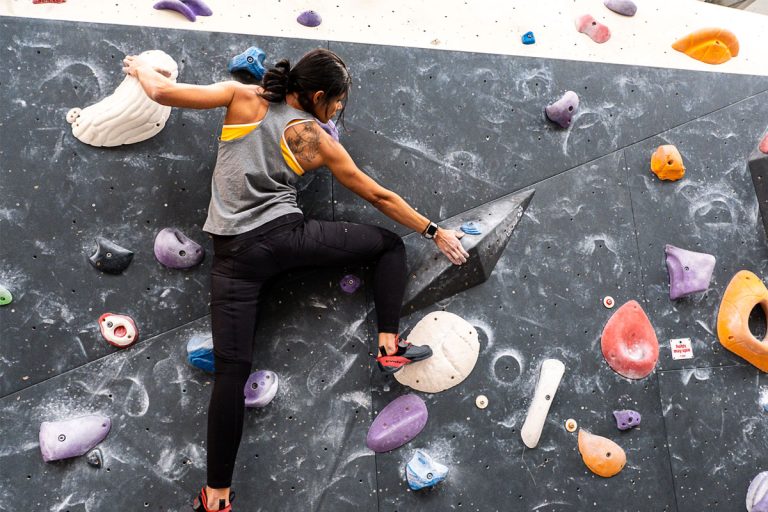Enhancing Hip Mobility for Rock Climbers: A Key to Improved Performance and Injury Prevention
Rock climbing is a sport that demands flexibility, strength, and precise movement. One of the most critical, yet often overlooked, aspects of climbing is hip mobility. Improved hip mobility can significantly enhance a climber’s performance by allowing for more efficient movement, better body positioning, and reduced risk of injury. This guide will explore the importance of hip mobility for climbers and provide practical exercises to help you develop and maintain flexible, strong hips.
Why Hip Mobility Matters in Climbing
1. Enhanced Range of Motion
- Description: Greater hip flexibility allows climbers to reach higher footholds, make wider stances, and execute complex moves more easily. This increased range of motion can be the difference between making a reach or falling short.
2. Improved Body Positioning
- Description: Flexible hips enable climbers to maintain optimal body positions on the wall. This is crucial for balancing, maintaining contact with the rock, and efficiently transferring weight from one hold to another.
3. Reduced Risk of Injury
- Description: Tight hips can lead to compensatory movements that strain other parts of the body, such as the lower back and knees. Improving hip mobility helps distribute stress more evenly, reducing the likelihood of overuse injuries.
Essential Hip Mobility Exercises for Climbers
1. Hip Flexor Stretch
- Description: Targets the muscles at the front of the hip, which can become tight from prolonged sitting or intense climbing sessions.
- How to Perform:
- Start in a lunge position with one foot forward and the other knee on the ground.
- Push your hips forward while keeping your back straight.
- Hold the stretch for 20-30 seconds, then switch sides.
- Focus: Ensure your front knee stays above your ankle to protect the joint.
2. Pigeon Pose
- Description: A yoga pose that stretches the hip rotators and glutes, which are essential for stability and power during climbs.
- How to Perform:
- Begin on all fours, then bring one knee forward and place it behind your wrist with your shin resting on the ground.
- Extend the opposite leg straight back.
- Lower your torso over the bent leg, supporting yourself with your arms or resting your forehead on the ground.
- Hold for 30-60 seconds, then switch sides.
- Focus: Keep your hips square to the ground to maximize the stretch.
3. 90/90 Stretch
- Description: Targets both internal and external rotators of the hips, essential for varied climbing movements.
- How to Perform:
- Sit on the ground with both knees bent at 90-degree angles, one in front and one to the side.
- Lean forward over the front leg, keeping your back straight.
- Hold for 20-30 seconds, then switch legs.
- Focus: Keep your hips grounded to deepen the stretch.
4. Butterfly Stretch
- Description: Opens the hips and stretches the inner thighs, enhancing flexibility for wide stances.
- How to Perform:
- Sit on the ground with the soles of your feet together and knees bent out to the sides.
- Hold your feet and gently press your knees towards the ground.
- Hold for 30-60 seconds.
- Focus: Keep your back straight and avoid bouncing your knees.
5. Hip Circles
- Description: Increases hip joint mobility and warms up the muscles around the hips.
- How to Perform:
- Stand on one leg, using a wall or chair for support if needed.
- Lift the other leg and make large circles with your knee.
- Perform 10 circles in each direction, then switch legs.
- Focus: Keep your torso stable and avoid rotating your upper body.
Integrating Hip Mobility into Your Climbing Routine
Warm-Up
- Dynamic Stretching: Incorporate dynamic stretches like leg swings and hip circles at the beginning of your climbing session to prepare your hips for movement.
Post-Climb Stretching
- Static Stretching: Perform static stretches like the pigeon pose and hip flexor stretch after climbing to help cool down and improve flexibility.
Regular Practice
- Consistency: Integrate hip mobility exercises into your daily routine or at least several times a week to see continuous improvement.
Conclusion
Hip mobility is a vital component of climbing that can greatly influence your performance and overall climbing experience. By incorporating targeted hip mobility exercises into your training regimen, you can enhance your range of motion, improve body positioning, and reduce the risk of injury.
Consistent practice and attention to hip flexibility will help you tackle more challenging routes with ease and confidence. Embrace the process of developing flexible, strong hips and watch as your climbing skills reach new heights.
Happy climbing!



